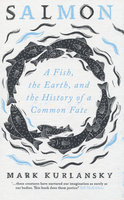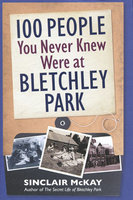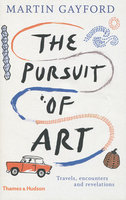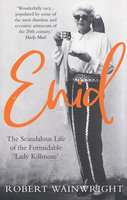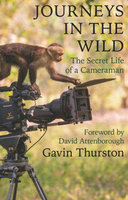New, Quality Gift Books - 50-90% off - over 2500 titles
Your basket is empty.
Categories Last Chance to buy! IAN FLEMING'’S SECRET WAR
IAN FLEMING'’S SECRET WAR
Book number: 94952
Product format: Paperback
In stock
Bibliophile price
£7.00
Published price
£12.99
Customers who bought this product also bought
|
|
1960's EDITION - 52 THINGS TO DO WHILE YOU POO
Book number: 93684
Product format: Hardback
Bibliophile price
£2.50
Published price
£7.99
|
100 PEOPLE YOU NEVER KNEW WERE AT BLETCHLEY PARK
Book number: 93859
Product format: Hardback
Bibliophile price
£6.00
Published price
£14.99
|
|
PURSUIT OF ART: Travels, Encounters and Revelations
Book number: 94442
Product format: Hardback
Bibliophile price
£4.50
Published price
£16.95
|
|
JOURNEYS IN THE WILD
Book number: 94479
Product format: Paperback
Bibliophile price
£3.50
Published price
£8.99
|
Browse these categories as well: Last Chance to buy!, Crime, War & Militaria

